It’s difficult to pin down exactly what kind of game Dreams is, and that’s what makes it so special. Equal parts game and game engine, Media Molecule’s latest outing is unlike anything I’ve ever played before. For those of you unfamiliar with the game, Dreams is the follow up to LittleBigPlanet, expanding the concept of “create whatever kind of level you want” into a wildly ambitious “make whatever your heart desires.” While the idea may sound too good to be true, Dreams is already filled to the brim with awesome user-created content thanks to its year-long Early Access period, and the super accessible creation tools allow anyone to become a creator.
Before we dive into the creation suite, content sharing, or any of Dreams’ other intricacies, let’s get one of thing out of the way first. Yes, there are tons of things to do in Dreams if you have no interest in creating. Because Dreams has been available in Early Access for a year, there are already games of every genre published and ready to play. Even if you’re not in the mood to play anything, Dreams has you covered. Audiovisual creations are incredibly popular amongst the community, and there’s a huge array of short films, art, and music to keep you occupied.
Every time I log into Dreams, I’m pleasantly surprised by the new things the community has come up with. Some highlights of my ventures into the Dreamiverse include the surprisingly good Milk EP, containing four original music tracks over an animated background, a beautifully stylized Spider-Gwen web-swinging demo, and a photorealistic hot dog that I still cannot believe was created solely within Dreams. Playing Dreams is like scrolling through a very surreal form of social media. You’re served games, memes, and genuinely impressive artwork at a lightning-fast pace, and you can find yourself Dream Surfing for hours if you lose track of time.

There is some content created by the team at Media Molecule themselves, but there isn’t a traditional campaign like there was in LittleBigPlanet. Instead, the closest thing Dreams has to a story mode is “Art’s Dream,” a narrative-driven experience that lasts a little bit longer than a feature-length film. It follows the titular Art, a musician who struggles with his emotions after falling out with his bandmates. The short campaign jumps between various settings and genres and even tells a surprisingly compelling story, but its true purpose is not to provide a robust single-player offering, but rather to showcase the potential of the creation suite the team at Media Molecule has spent the better half of the past decade working on.
Art’s Dream is worth playing, yes, but do not buy Dreams if you only want to play handcrafted levels from the developers as you would in LittleBigPlanet or Tearaway. Art’s Dream is just another dream, just another experience created by a team of individuals with a vision, exactly like all of the other top creations in Dreams. Art’s Dream is an example, not a fully-fledged campaign. It serves as an inspiration, hopefully motivating a handful of people to maybe try their hand at something they would normally avoid. That’s not to say Art’s Dream is bad, it’s actually quite good, it’s just not the story mode so many people were expecting.
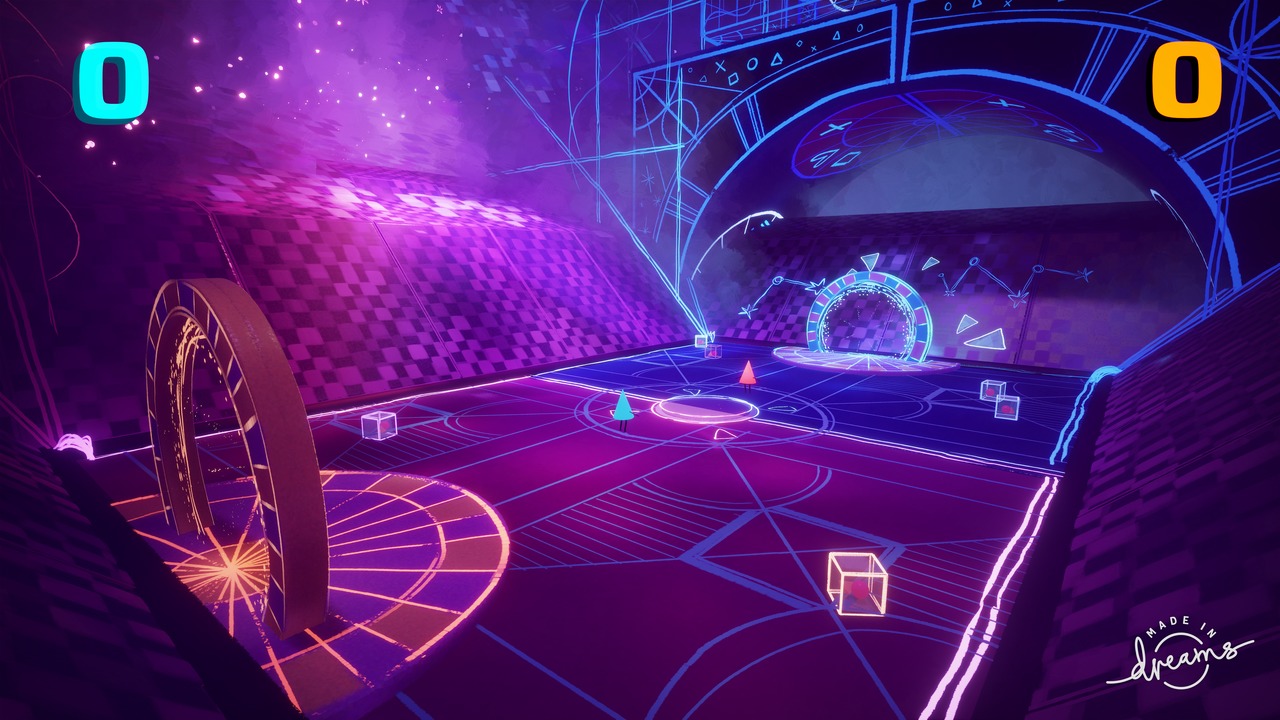
Creating in Dreams has an exceptionally steep learning curve, but there is an abundance of useful tutorial videos to walk you through every process from music creation to sculpting to animation. I cannot sing the praises of these tutorial videos enough. The videos can be a few minutes long and cover several topics during their runtime, but you can skip between steps with the press of a button, allowing for easy access to a specific part of a video or an easy rewind if you want to hear an explanation a second time.
If you bring up a video and only need a certain step, you can press the skip button until you find it, not having to worry about accidentally fast-forwarding too far. It sounds like a trivial feature, but trust me, when you’re let loose in a sandbox as complex as this, you’ll be grateful Media Molecule went to the lengths they did to ensure that tips and tutorials are as accessible and organized as they are. When you first start out, I guarantee you’ll be almost paralyzed with fear at the sight of a blank scene and an obtuse toolbar, but given enough time, you’ll be making models, composing music, and designing environments with ease.
Honestly, the biggest hurdle in learning how to operate Dreams is not the advanced techniques or the breadth of topics available, but rather the control scheme itself. It definitely takes some time to get used to. Your main means of interacting with the game is your Imp, a personalized being that acts as your cursor. Your Imp is controlled via the DualShock 4’s motion sensor, but you can turn this feature off in favor of analog stick control if you’d like. I recommend sticking with the motion control scheme simply because of how fluid it feels once you’ve adjusted, but I appreciate that the option is there. PlayStation Move controllers are also supported, but I didn’t spend any time using them.
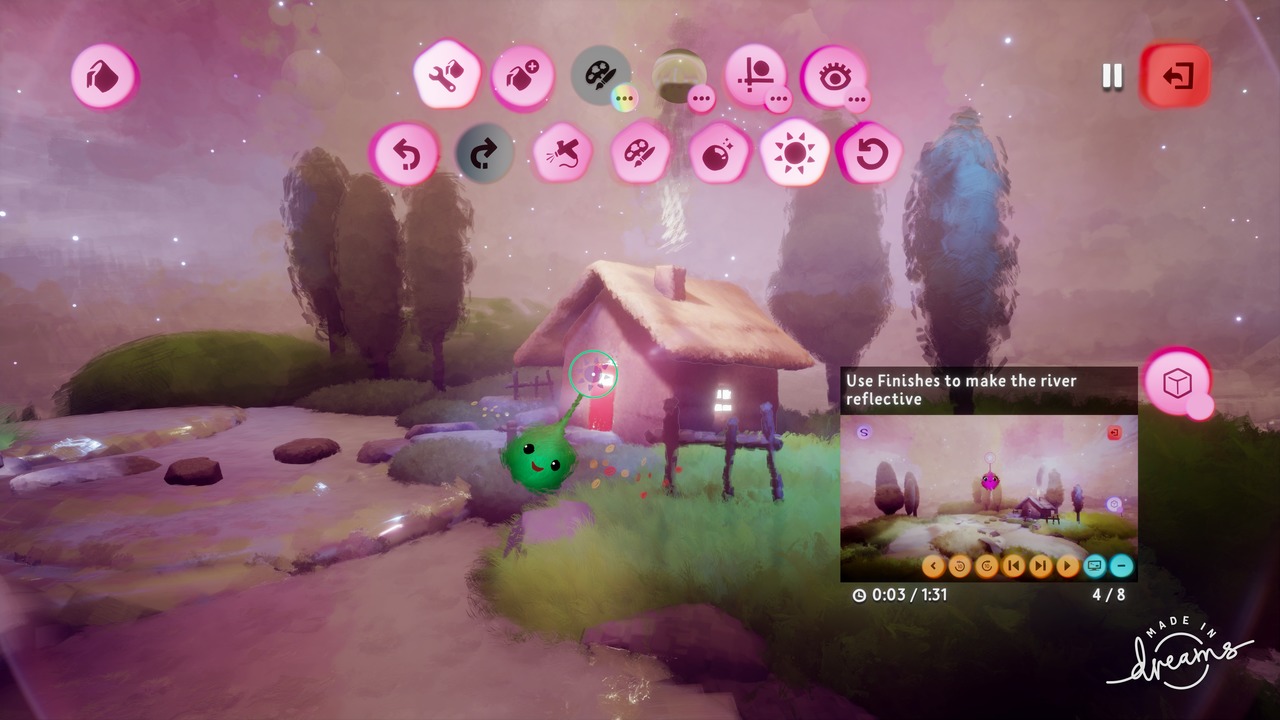
Each control method has its advantages, but each feels equally foreign at first. There are just too many things to manage, too many shortcuts to remember that things can feel overwhelming at first. Once you get the hang of things like the grab cam, however, navigation becomes a breeze. Keyboard and mouse support would go a long way in making things just a bit more manageable, but the DualShock 4 is perfectly fine once you memorize the inputs and learn to use them in tandem with the motion controls.
The complicated control scheme and tutorials are completely necessary, though, when you take into account the vast possibilities of Dreams’ creation suite. LittleBigPlanet and its level creation toolkit are Play-Doh, while Dreams is an entire craft store and all the materials contained within. It sounds like hyperbole, but the tools here are just that powerful. There have been several creations, whether they be still life scenes, original songs, or even just WIP demos of larger projects, that have had my jaw on the ground. Some of the things I have seen and played have absolutely floored me, and I can’t wait to see what the community is doing a year from now.
While what’s currently happening in Dreams is exciting, I am exponentially more excited to see what the future holds. LittleBigPlanet received more features over the course of three separate games and several DLC packs, but Dreams has the advantage of being released during the age of the live service game, and I am beyond excited to see what kinds of creations we’ll see five years from now after numerous patches and updates. There was an astronomical leap in quality between the levels created during LittleBigPlanet’s early years and those created once the community had years of experience under its belt, and Dreams’ expansive toolset can only mean that that astronomical leap will no doubt be even larger this time around. There are already a few significant features planned, like PlayStation VR support, but I’m sure the biggest game-changers will come later down the line, maybe even taking advantage of next-generation hardware at some point.
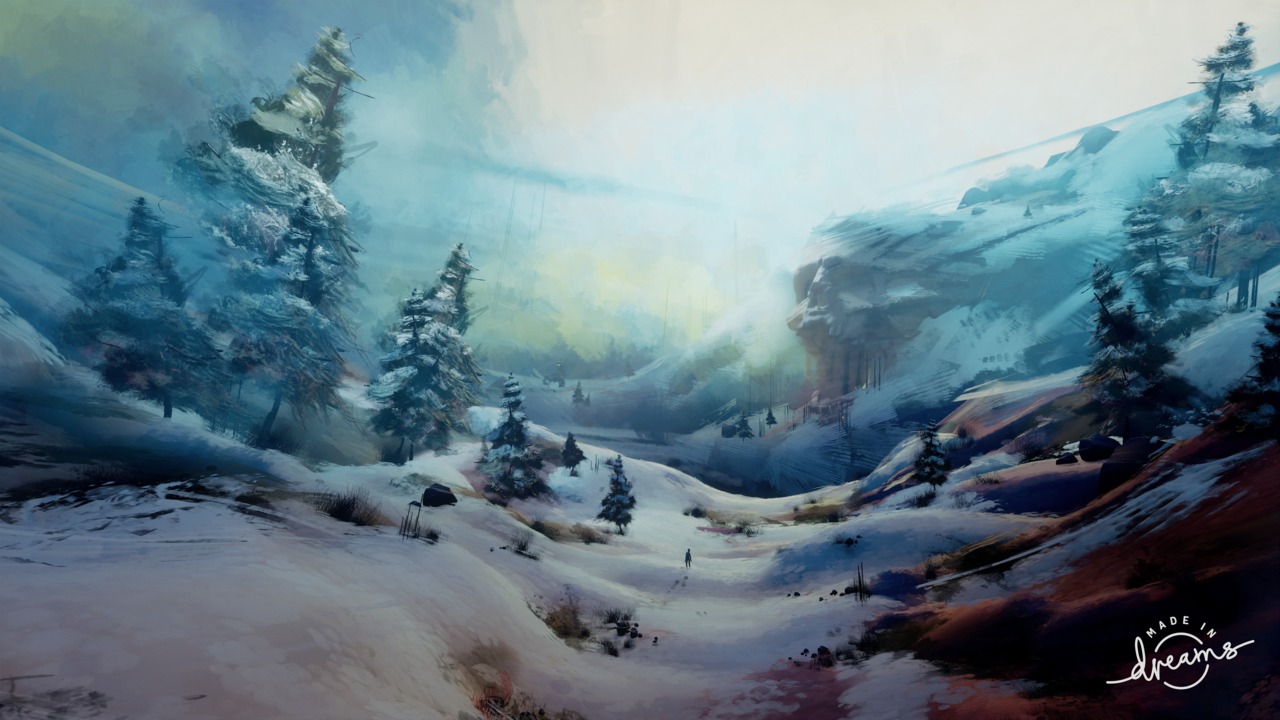
The most powerful aspect of Dreams, however, is the community. Everything in Dreams is shareable and remixable, meaning you can totally make cool things without doing any of the hard work. There are creators out there who don’t create full dreams, but rather just elements that are free for anyone to use in their own creations. These elements act as individual shareable assets, and they can be grouped into folders called collections that can themselves be shared. This means there are tons of high-quality things out there for you to use in your projects. It’s how I got started with my creations.
Initially, I wanted to create an urban setting just to mess around with the creation tools, so I searched for “building,” and I found not just completed buildings, but also collections of dozens of urban assets like streets, walls, windows, and lights. I didn’t have to deal with not being able to sculpt a decent-looking wall because I now had nearly 20 different brick walls at my disposal, each varying in color, texture, and detail, and each coming from a different person who had probably spent a good chunk of time creating the model. From there, my next step was to add a playable character to see if I could actually get a project going. Instead of using the default puppet, I decided to search for “Joker,” and I had my choice between several different models of Joaquin Phoenix, Heath Ledger, Jack Nicholson, and just about every other rendition of the Clown Prince of Crime out there. Then I decided I wanted a top-down camera, so I searched for one and found one already built. All I had to do was attach it to the character model’s board like a sticker and it was good to go for the most part.
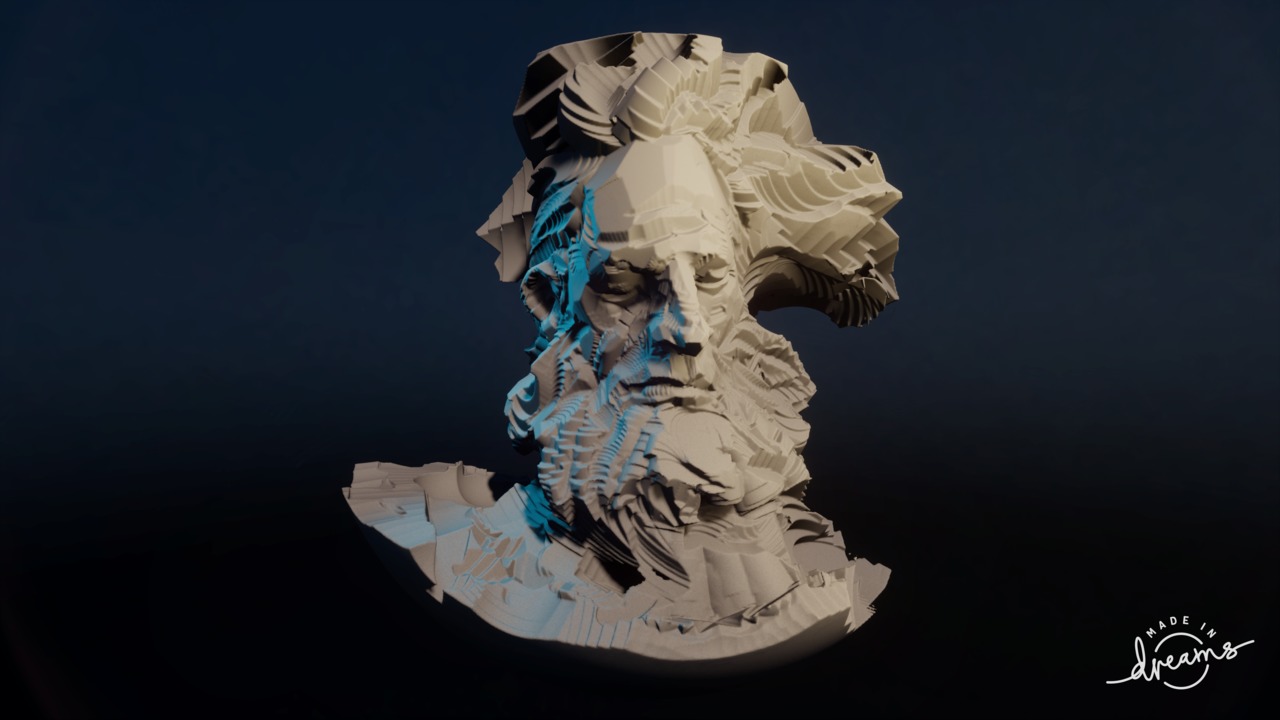
Being able to create and publish assets is the key feature of Dreams that ties everything together. If you’re incredibly ambitious and have a huge idea in mind but lack the skills to create what you need, you can borrow those things from others. If you just want to make music for others to use, you can. If you just want to make logic and camera systems for others to use, you can. I even saw a few people uploading voice acting demo tapes hoping to be brought on as a voice actor for other people’s projects. Dreams is a game about collaboration and specialization, and that’s what truly elevates it to the next level. You could be a person that only makes models of chairs. You could be “the chair guy” and that would be a totally valid way of playing Dreams.
You’d even be rewarded for being “the chair guy” because literally everything you do in Dreams contributes to your progression, giving you XP to level up and unlock new Imps. Doing things in Dreams also builds your “aura,” which is a representation of what kind of player you are. If you spend all your time playing levels, you’ll have a “play” aura and that will show on your profile. If you spend the majority of your time animating, you’ll earn an “animation” aura. The same goes for art, audio, design, and even curation. That’s right, you can specialize in commenting, reviewing other players’ dreams, and compiling collections and get rewarded for it. Dreams is that committed to letting you play the way you want to play. Each aura unlocks special Imps (audio unlocks an Imp with headphones, for example), and you can even have a mixture of two auras to specialize even further.

Levels and aura don’t serve a gameplay purpose, but they do add to the sense of community within Dreams. Having someone like your music creation, only to click on their profile and see they’re an incredibly high level with an audio aura just feels really good. The same goes for someone leaving a review on your artwork and you notice they have a curation aura. It’s a small touch that really hammers home the idea of specialization. If you like animation, you’re not just a person who animates, you’re an animator, and that fact is proudly displayed on your profile and Imp for all to see. It’s a sort of badge of honor and, combined with your level, it gives a rough estimate of how experienced you are in your craft.
Dreams is a game where everyone can create anything and even the smallest contributions matter. Whether you’re an aspiring musician, a budding voice actor, a talented sculptor, or even an amateur reviewer, there is a place for you in Dreams. Sure, there will be times where you’ll feel lost and frustrated, but that just makes the successes all the more rewarding. Dreams is a game about throwing things out there and seeing what sticks. I have seen more WIP builds and experimental projects in just a few short weeks of Early Access than I ever did across three entire LittleBigPlanet games. When I look at Dreams, I see limitless potential in the creation tools, and that limitless potential just so happens to be placed next to unending inspiration in the form of other players’ creations. That’s a good combination to have.
Media Molecule’s philosophy of “Play, Create, Share” that began with LittleBigPlanet in 2008 has now been perfectly realized to the fullest extent. There has never before been a set of creation tools so amazingly powerful yet so incredibly accessible, and the community has already proven the game’s potential throughout the year-long Early Access period. Dreams is not just some experimental follow up to a side-scrolling series with user-created levels. It’s a platform that allows for complete and nearly limitless creative expression, and it’s already jam-packed with games, music, and art that more than justify the asking price. It can only get better from here, and this is a phenomenal starting point.


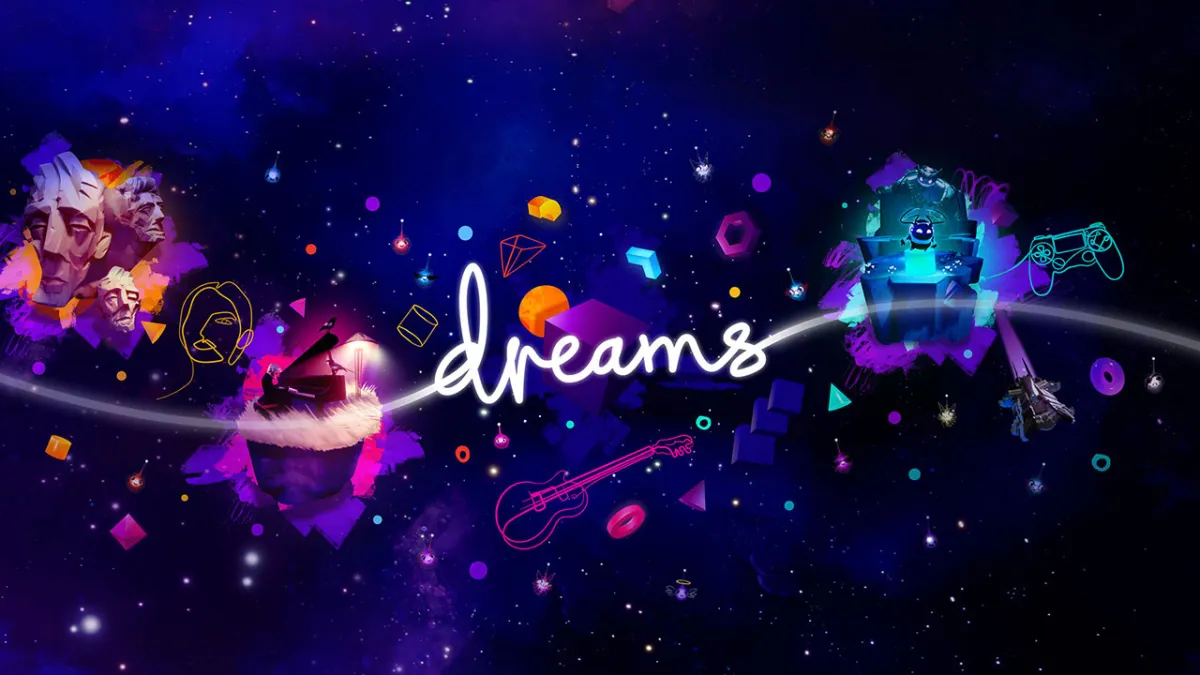









Published: Feb 13, 2020 09:47 am